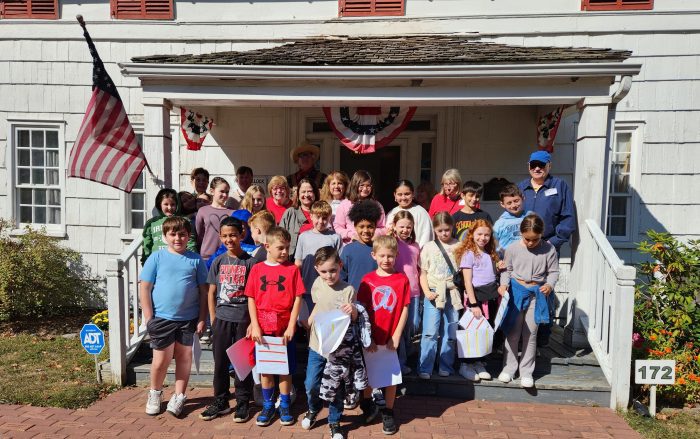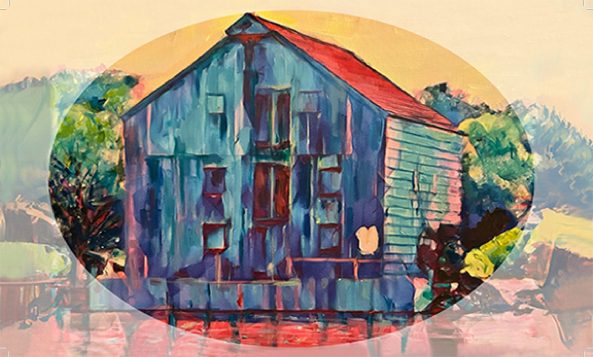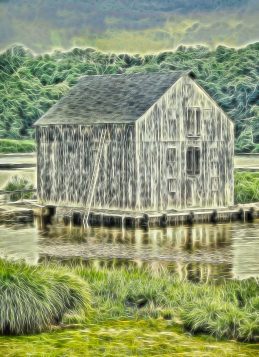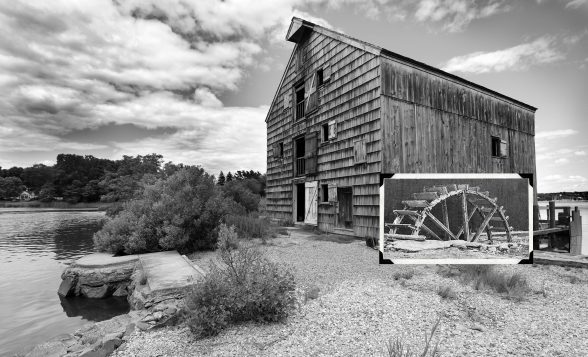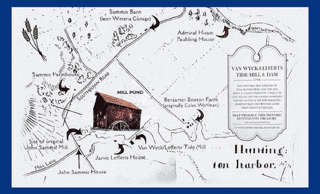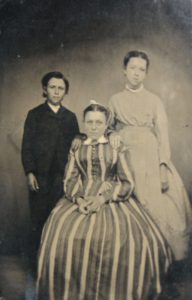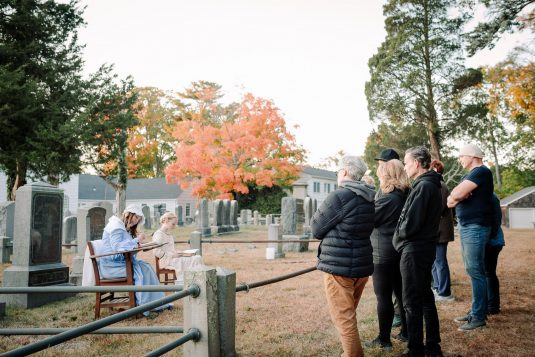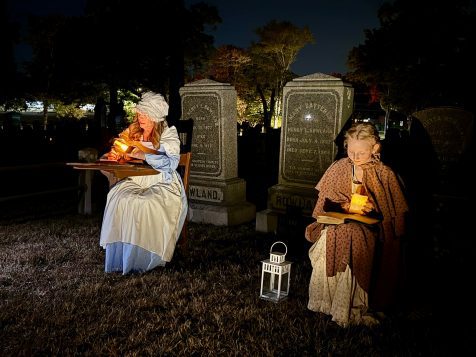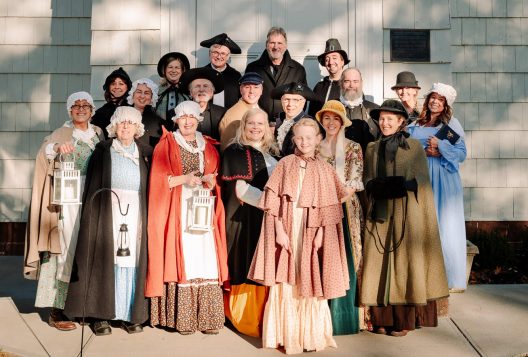The Town of Smithtown has announced that historic property records and tax documents donated by Thomas Gugliotta are now on display at Town Hall. Gugliotta, a proud first-generation resident of Smithtown donated the records in hopes of sharing his parents great American Dream story. The display, located at Town Hall outside the Tax Receiver’s office, serves as a tribute to the values of hard work, resilience, and community spirit that define so many Smithtown families.
Thomas Gugliotta’s parents, Biase and Philomena, immigrated from Italy in 1956, arriving in the San Remo neighborhood with their infant daughter. Thomas was born in San Remo and grew up in the same home he resides in today, where he continues to cherish his parents’ legacy.
“I got very nostalgic talking with Thomas. We shared memories about our families, how they migrated here to Smithtown and how generations before us made a great life, which are now etched in our history. The Gugliotta family represents what Smithtown is all about: resilience, hard work, and pride in one’s roots. These historical documents not only honor their personal history but also serve as an inspiration to our community about the power of perseverance in the pursuit of the American Dream.” – Supervisor Edward R. Wehrheim, Town of Smithtown
Thomas’s father, an Italian Allied Forces WWII veteran, experienced unimaginable hardship during the war. Shortly after Italy joined the Allied forces in 1943, Biase Gugliotta was captured and held in a nazi labor camp until it was liberated by American forces in 1945. In 1956, his family settled in San Remo, where Biase worked as a custodian at Kings Park High School until his retirement in 1986. Thomas shared his fathers proud journey with Town Officials, of achieving U.S. citizenship, thanks to the assistance of Smithtown’s first Police Chief, Cy Donnelly in 1969.
“My father would walk to Town Hall to pay his taxes, proud of everything he had accomplished… It’s an honor to have these records displayed here in a way that might inspire others to reflect on the American story—one rooted in family, history, and proud heritage.” – Thomas Gugliotta, San Remo First Generation Resident
Thomas Gugliotta recalled that his father would actually walk to Town Hall to pay his property taxes, all the way from San Remo, making it a point to share how deeply proud his father was to do so.
Did You Know? Originally named after a small Italian Riviera village, San Remo has a unique historical significance and has served as a home to many families who have shared similar dreams of building a new life.
This exhibit was made possible thanks to the collaboration with the Smithtown Senior Center team and Town Administration. The Town is deeply grateful to Thomas Gugliotta for sharing his family’s history and hopes this exhibit will spark meaningful discussions about family legacies, community history, and the value of the American Dream.
Thomas’s heartfelt story about his family is also available to watch on Smithtown GTV’s YouTube channel. It captures the personal stories behind the historical documents, offering a unique perspective on the history of San Remo and the people who have built their lives here. The Town Hall display is a testament to the enduring strength and pride of immigrant families who continue to enrich the fabric of Smithtown.
To watch Thomas Gugliotta’s interview and the San Remo Historic Spotlight on Smithtown GTV, visit: Watch on YouTube.


